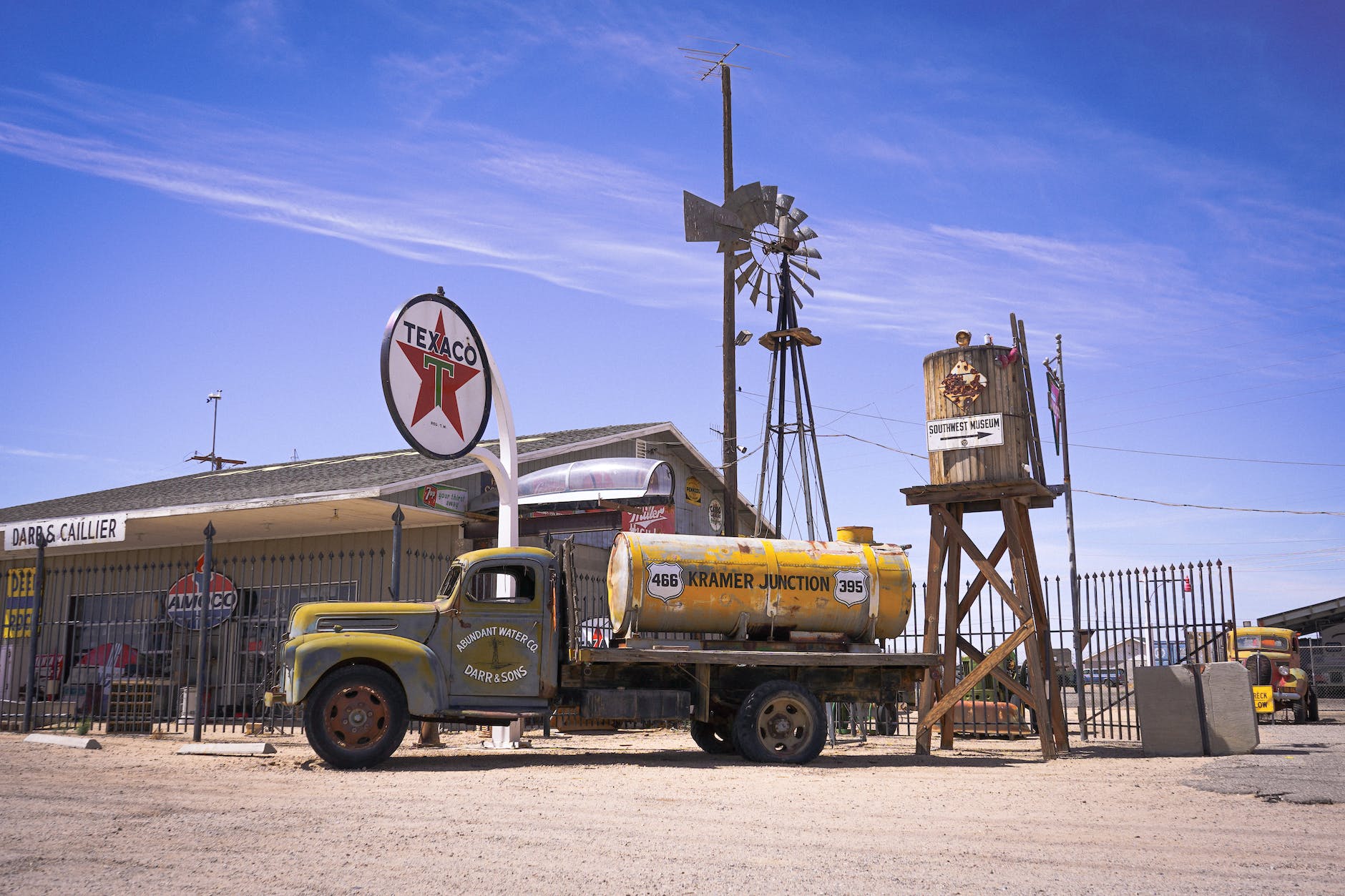
HSE in the Oil and Gas Industry
The oil and gas industry operates within a dynamic and challenging environment, requiring stringent safety measures to protect human lives, the environment, and assets. Health, Safety, and Environment (HSE) practices form the cornerstone of operations within this industry. Understanding the nuances and pivotal elements of HSE is crucial for sustainable and responsible operations.
Importance of HSE in Oil and Gas Operations
In the realm of oil and gas, HSE isn’t merely a regulatory requirement; it’s a moral and ethical responsibility. The sector’s operations often involve high-risk activities, including drilling, extraction, transportation, and refining. Each phase brings forth inherent hazards, necessitating robust HSE protocols.
"HSE" stands for Health, Safety, and Environment in the oil and gas industry. It refers to the practices, protocols, and regulations implemented to ensure the well-being of workers, protect the environment, and prevent accidents or incidents in the exploration, extraction, refining, and transportation of oil and gas. HSE measures encompass various aspects like risk assessment, safety training, emergency response planning, environmental impact assessments, and compliance with industry standards and governmental regulations to minimize potential hazards and promote a safer work environment.Key Components of HSE in Oil and Gas
Health Aspects in the Industry
Oil and gas workers are exposed to various health risks, from exposure to hazardous chemicals to ergonomic strains. Prioritizing employee health through regular medical check-ups, ergonomic assessments, and wellness programs is fundamental.
Safety Protocols and Measures
Safety remains a top priority, encompassing stringent protocols for equipment handling, emergency response plans, and regular safety audits. Implementing a culture of safety consciousness is vital to prevent accidents and mitigate risks.
Environmental Considerations
The industry’s impact on the environment is substantial. Embracing sustainable practices, reducing carbon footprint, and implementing technologies for minimizing environmental impact are pivotal components of HSE strategies.
Challenges and Risks in HSE for Oil and Gas
Workplace Hazards
The oil and gas sector faces numerous hazards, from machinery-related accidents to exposure to toxic substances. Mitigating these risks requires continuous risk assessment and proactive measures.
Regulatory Complexities
Navigating through diverse global regulations adds complexity to HSE management. Compliance with varying standards while maintaining operational efficiency remains a challenge.
Technological Advancements and Impact on HSE
While technology enhances operational efficiency, it also introduces new risks. Embracing innovations like automation and AI demands a careful balance between productivity and safety.
Best Practices in HSE Management
Risk Assessment and Management
Regular risk assessments, hazard identification, and proactive risk management strategies are essential for preemptive action against potential dangers.
Employee Training and Engagement
Empowering employees through comprehensive training programs and fostering a culture where safety is ingrained in every action is imperative for successful HSE management.
Implementing Effective Safety Cultures
Creating an environment where safety is not just a protocol but a way of life is pivotal. Encouraging reporting of near-misses and continuous improvement fosters a robust safety culture.
HSE Innovations in the Oil and Gas Sector
Technology-Driven Solutions
Innovations such as drones for inspection, IoT for monitoring, and predictive analytics enhance safety and efficiency while reducing risks.
Sustainability Initiatives
Initiatives like carbon capture, renewable energy integration, and waste reduction demonstrate the industry’s commitment to environmental sustainability.
The Future of HSE in Oil and Gas
As technology continues to evolve, the future of HSE in the oil and gas industry looks promising. Advancements in predictive analytics, robotics, and renewable energy integration are set to revolutionize safety practices.
Conclusion
HSE remains a cornerstone of responsible operations in the oil and gas sector. Prioritizing health, safety, and environmental considerations ensures sustainable growth while mitigating risks.
HSE Plan for Construction Sites
Emergency Planning Ideas for Effective Disaster Management
FAQs
- What role does HSE play in the oil and gas industry? HSE ensures the safety of workers, protects the environment, and mitigates risks inherent in oil and gas operations.
- How can companies improve HSE practices? By fostering a strong safety culture, investing in employee training, and embracing innovative technologies for risk management.
- Why is HSE compliance crucial in the oil and gas sector? It ensures operational continuity, prevents accidents, and preserves the environment, thus safeguarding the company’s reputation.
- What are some emerging trends in HSE for oil and gas? Technological advancements, sustainability initiatives, and a shift towards renewable energy sources.
- How does HSE contribute to the industry’s long-term sustainability? By balancing operational efficiency with environmental responsibility, ensuring a safer workplace, and embracing innovative, sustainable practices.

























Good contents